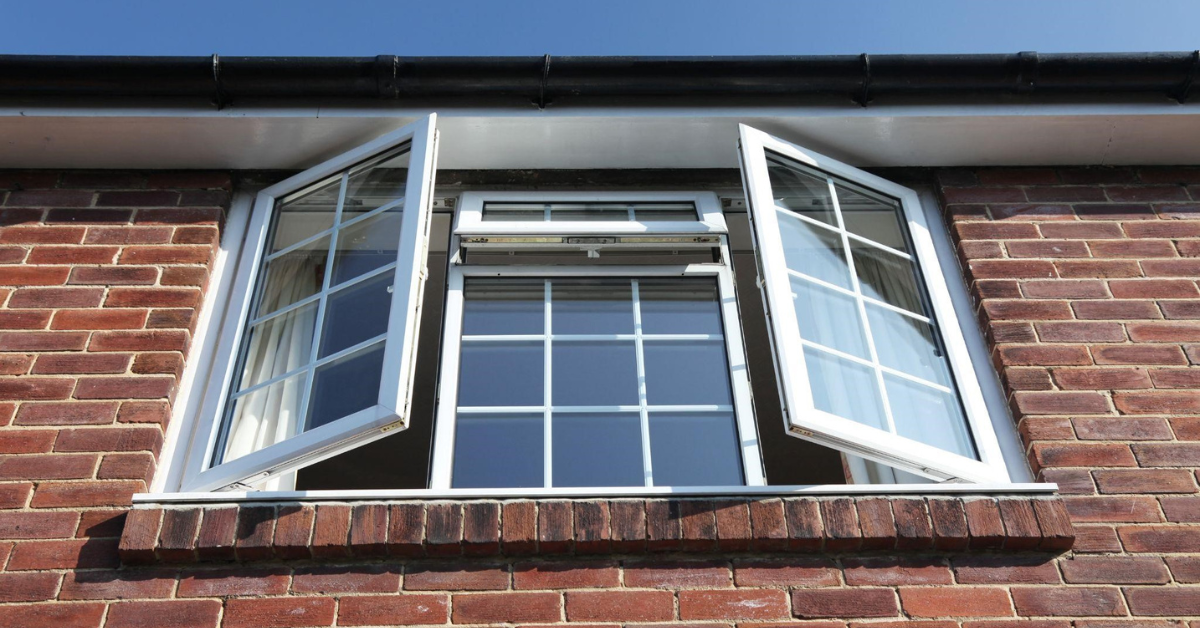
Secondary Glazing for Sash Windows: A Competitive Energy-Efficient Solution for UK Homes

*Collaborative Post
When it comes to improving the energy efficiency of UK homes, many homeowners are quick to consider options like heat pumps, solar panels, or even upgrading their boilers. However, while these measures certainly play a crucial role in reducing energy consumption, secondary glazing sash windows provide a less obvious but just as impactful as other ways of enhancing your home’s insulation and energy efficiency.
Sash windows are an iconic feature of many British homes, particularly older properties. However, they are often single-glazed, making them less efficient at retaining heat and more susceptible to draughts.
Replacing these windows can be costly, particularly in listed buildings or conservation areas where original windows must be preserved. Fortunately, secondary glazing offers a smart, cost-effective alternative. In this article, we’ll explore how secondary glazing compares to other popular energy-efficient measures, including heat pumps, solar panels, and boiler upgrades, and why it’s an excellent investment for UK homeowners.
Secondary Glazing vs. Heat Pumps
Heat pumps have gained a lot of attention in recent years as a sustainable and energy-efficient alternative to traditional heating systems. They work by extracting heat from the air or ground and converting it into warmth for your home. While heat pumps are highly efficient, particularly in well-insulated properties, their installation can be expensive, often costing between £8,000 and £18,000 depending on the type and size of the system.
Secondary glazing, on the other hand, offers a much more affordable solution to improving your home’s energy efficiency. Installing secondary glazing typically costs a fraction of what a heat pump would, making it a far more accessible option for the average UK homeowner.
Furthermore, the effectiveness of a heat pump is largely dependent on the insulation of your home. If your property has old, single-glazed windows, you may lose much of the heat generated by a heat pump. By installing secondary glazing, you can significantly reduce heat loss through your windows, ensuring that any heating system, whether it’s a traditional boiler or a modern heat pump, works more efficiently.
Additionally, secondary glazing requires no planning permission, making it an easier option to implement compared to the installation of heat pumps, which may be subject to local regulations.
Secondary Glazing vs. Solar Panels
Solar panels are another popular choice for homeowners looking to reduce their energy bills and carbon footprint. While they can be an excellent investment in the long term, the upfront cost of solar panel installation can be steep, ranging from £5,000 to £10,000 for an average UK home.
Solar panels also require adequate roof space and sunlight exposure, meaning they are not always suitable for every property, particularly those in shaded or less sunny areas such as anywhere in the UK
By contrast, secondary glazing works in any home, regardless of location or exposure to sunlight. It offers a way to immediately reduce heat loss and lower energy bills without the need for significant structural changes to your property. While solar panels generate energy, secondary glazing helps conserve it by keeping the warmth inside your home. In essence, the two measures can complement each other, but for homeowners looking for a less intrusive and more budget-friendly option, secondary glazing is a great first step.
Moreover, the payback time for secondary glazing is often quicker than that of solar panels. While solar panels may take several years to recoup the initial investment through energy savings, the benefits of secondary glazing, such as reduced heating bills and improved comfort, are felt almost immediately.
Secondary Glazing vs. Boiler Upgrades
Upgrading an old, inefficient boiler is another effective way to improve the energy performance of your home. Modern condensing boilers are much more efficient than older models, often achieving over 90% efficiency compared to 60-70% in outdated systems.
Nevertheless, a high-performance boiler won’t be as effective if the heat it generates is lost through draughty, single-glazed windows. Secondary glazing can significantly reduce this heat loss, helping to keep the warmth generated by your boiler inside your home.
Furthermore, secondary glazing helps to reduce draughts, which are a common problem in older homes with sash windows. By eliminating draughts, secondary glazing improves the overall comfort of your home, ensuring that the heat produced by your boiler is evenly distributed and retained within the property. This means your heating system won’t have to work as hard, potentially extending its lifespan and reducing the need for frequent maintenance or replacement.
Final Thoughts
For UK homeowners looking to enhance their property’s energy efficiency, secondary glazing sash windows offer a cost-effective, versatile, and immediate solution. While heat pumps, solar panels, and boiler upgrades all have their place in reducing energy consumption, secondary glazing provides a simpler, less expensive alternative that delivers immediate benefits.
By installing secondary glazing, you can improve the performance of your existing heating system, reduce heat loss, and create a more comfortable and energy-efficient home.
*This is a collaborative post. For further information please refer to my disclosure page.




